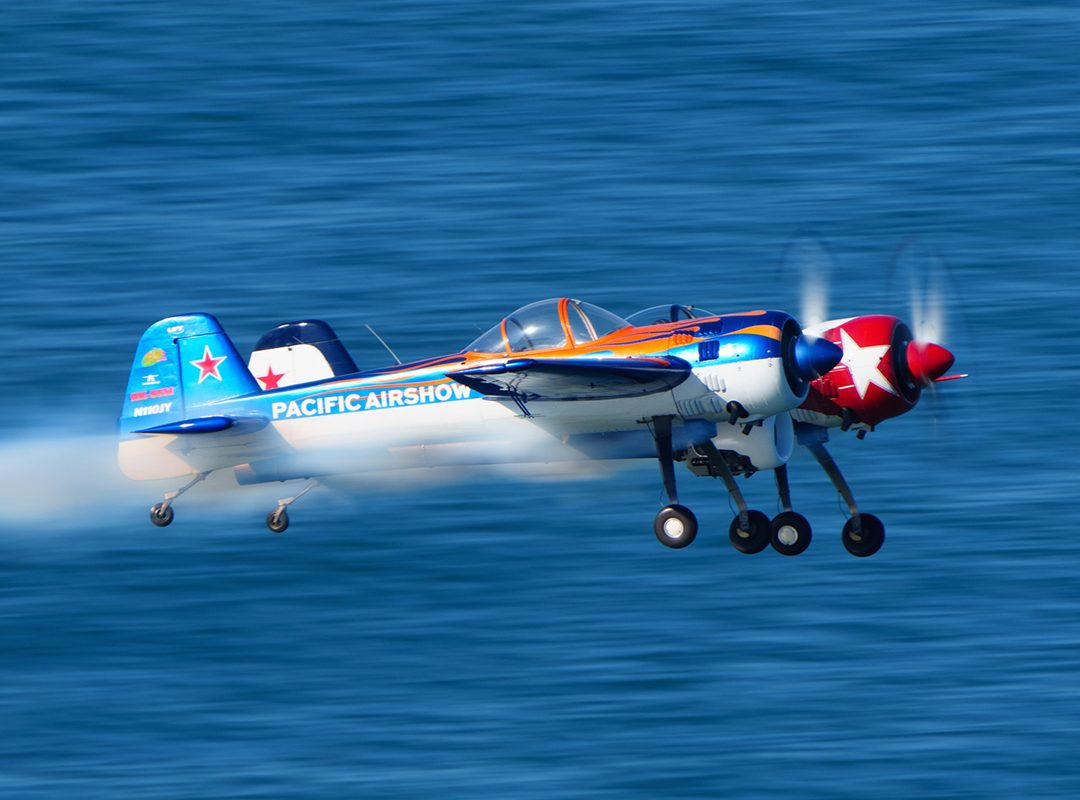NEW EXECUTIVE DIRECTOR MICHAEL HALLORAN SHARES HIS VISION FOR THE ICONIC AUSTRALIAN BRAND
I first met Rod Stiff and Phil Ainsworth as wetbehind-the-ears engineering graduates in the early 1990’s. I was working for Don and Peter Adams at the time, as their in-house engineer at Seabird. I was designer, analyst, prototyper, test engineer and regulator wrangler all in one. It remains to this day, the best job I ever had.
To supplement my minimum wage, I qualified for my weighing ticket and spent my weekends flying Ziggy (the Seeker prototype, VH-ZIG) up and down the coast between Caloundra and Mackay, weighing homebuilts and gyrocopters and all sorts of airborne machinery on portable cattle scales that I had certified for aircraft use. That led me to Rod and Phil’s door when they needed someone to formally weigh their VH-registered Jabs, write some flight manuals, prepare TCDS’ and do some process engineering — all the things they didn’t want to do.
While we created a great aircraft and manoeuvred successfully through the regulatory process at Seabird, commercial success didn’t follow and with lessons learned, I packed my bags and ventured into the big corporate world. I spent time at RMIT, British Aerospace, GKN and Lockheed Martin, working throughout the USA, Europe and at home, on everything from the original design of the Joint Strike Fighter to complex ground systems being rushed into operations.
In the meantime, Rod bought Phil out in 2005 and continued the adventure at Jabiru. After 35 years of inspiration and perspiration, Jabiru stands as Australia’s premier aircraft manufacturer, with one of the world’s best affordable touring aircraft and even more remarkably, one of the few light aero engines in continuous production. Rod built a team that has delivered (at the time of writing) 2,124 aircraft and 7,223 engines, has a customer list that spans the world and a complex international supply chain. It’s a global enterprise run from a couple of sheds in Bundaberg.
Rod is responsible for the design of an original aircraft, an original engine and has run an aircraft manufacturing company for 30+ years. Any one of those, would in itself, be an incredible achievement. All three is quite extraordinary. I encourage the community of Bundaberg to consider that Bert Hinkler is not their only aviation hero.
Two months ago, I took over the business.
For the last decade, I have built from scratch a business in Australia called Supacat. In that role, I have had the humbling privilege of working alongside the men and women who wear the uniform of the Australian Army. Supplying kit to an army that has been on active, deployed service focused my mind on what’s really important. It comes down to two things; the capability to successfully complete the mission and to get everyone home safely.
It’s not so different at Jabiru. Rod’s approach to product development could be summed up by two simple questions; does it improve the product and is the cost worth the improvement? That mantra won’t change. It means rigorously demanding that every change, every nut and bolt, every addition or subtraction from our products makes it a better aircraft or better engine. And by better, we mean it makes it better for the owners, the pilots and the maintainers. Just as the soldier has always been the focus at Supacat in developing the world’s best cross-country vehicle, the people who buy, fly and fix Jabs will always be our focus as we continue to develop aircraft and engines for the global market.

With regard to getting home safely, to my mind there are six elements to an all-encompassing safety model for Jabiru, incorporating: design, manufacture, crew proficiency, maintenance, shared knowledge and regulation. The last few years have left us with a mature engine design in the Gen4 engines and a timeless aircraft design with the J430/230/170 series. Our manufacturing has come home to Bundaberg and the local team have an incredible mix of knowledge and skills to deliver excellent quality.
For those other key areas, I intend to develop partnerships throughout the aviation sector, particularly with RAAus, ATSB, flying schools and clubs, and the maintenance providers. We will also work closely with CASA in those areas where they retain direct regulatory control.
Jabiru is one of the great Australian success stories. My job is to eventually leave it better than I found it, which is no small challenge given what Rod and the team have achieved. I am looking forward to the challenge, but most of all I look forward to meeting all of the good people who are the buyers, flyers and fixers of Jabiru.

My ambition is simply that every Australian pilot should learn to fly in a Jabiru. Whether your ambition is to fly a F-35, a 787 or a rag-and-tube ultralight, I hope you will start your aviating life with us.









